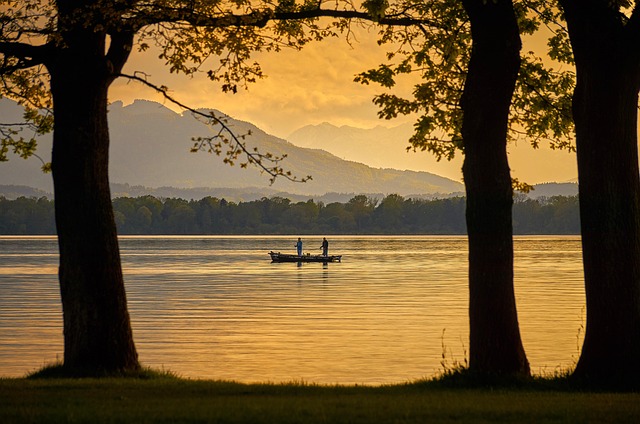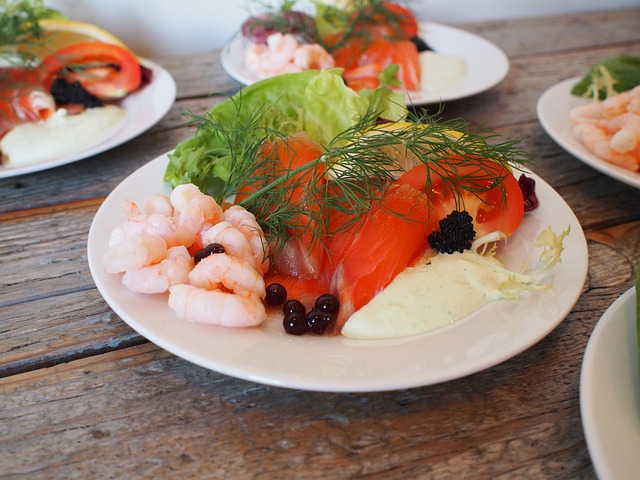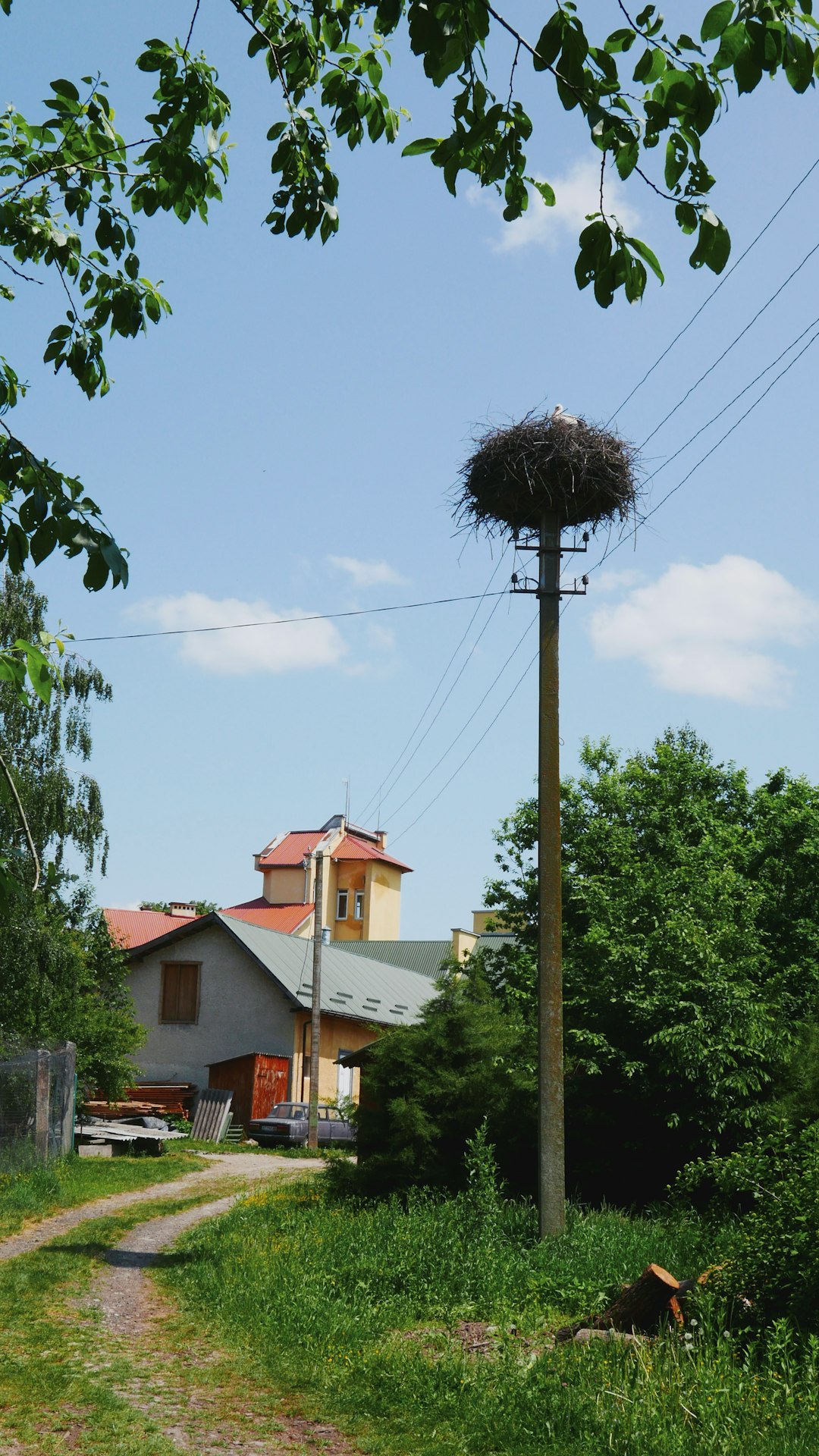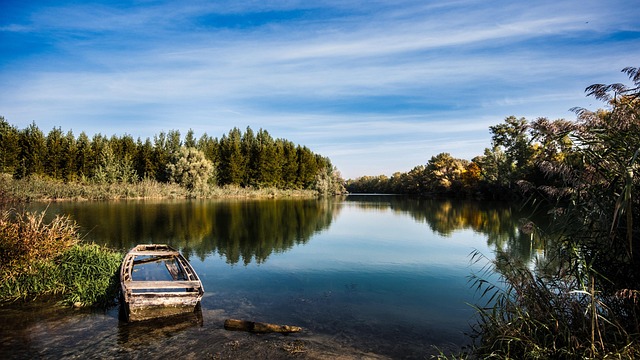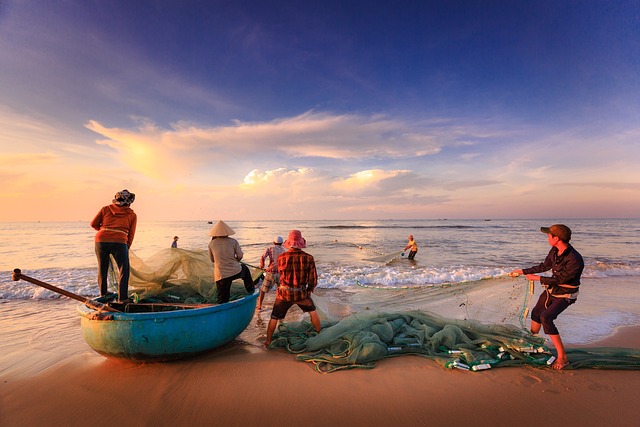The Siuslaw River, a vibrant Oregon ecosystem, faces challenges from overfishing and habitat destruction, impacting its diverse marine life. Historical sustainable practices by Native American tribes contrast with 19th-century commercial demands that strained the river's resources. Today, conservation efforts focus on restoring and protecting the river's natural balance, ensuring responsible fishing for future generations while preserving its unique wildlife tapestry through collaborative initiatives like habitat preservation and invasive species control.
The Siuslaw River, a vital waterway in Oregon’s coastal landscape, presents both breathtaking beauty and unique fishing challenges. This article delves into the intricate web of factors shaping its ecosystem, exploring historical fishing practices and their evolution. We highlight current issues such as overfishing and habitat destruction, their effects on species diversity, and examine conservation efforts striving for sustainability. Understanding these dynamics is crucial for preserving the Siuslaw River’s rich fishing heritage while ensuring a thriving river ecosystem for future generations.
- Understanding the Siuslaw River Ecosystem: A Delicate Balance for Fishing
- Historical Perspective: The Evolution of Fishing Practices in the Region
- Current Challenges: Overfishing, Habitat Destruction, and Its Impact on Species Diversity
- Conservation Efforts and Sustainable Solutions for a Flourishing River Ecosystem
Understanding the Siuslaw River Ecosystem: A Delicate Balance for Fishing
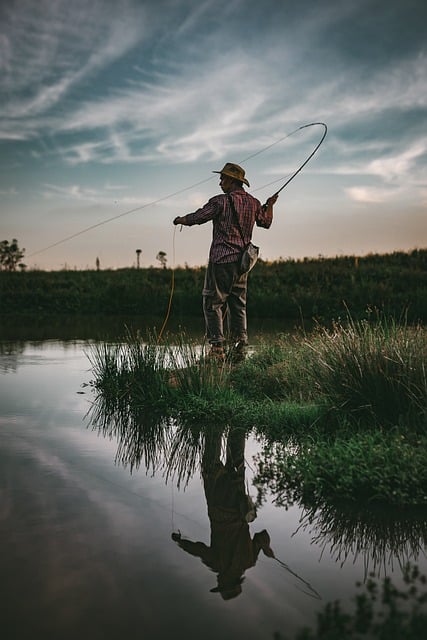
The Siuslaw River, a vital waterway in Oregon’s coastal region, boasts a rich and diverse ecosystem that supports an array of marine life, making it a popular destination for anglers. However, this same ecological complexity presents unique challenges when it comes to sustainable fishing practices. Understanding the delicate balance within the river’s environment is crucial for effective conservation efforts. The Siuslaw River fishing conservation scenario demands a nuanced approach due to its complex web of interdependent species and habitat dynamics.
The river’s ecosystem is characterized by various factors, including tidal influences, freshwater inputs from springs and rain, and a variety of habitats like wetlands, pools, and ripples. These elements collectively shape the river’s biodiversity, affecting everything from fish reproduction grounds to aquatic plant growth. Anglers seeking to navigate these waters must be aware of these ecological nuances to ensure responsible fishing practices that preserve the Siuslaw River’s natural balance for future generations.
Historical Perspective: The Evolution of Fishing Practices in the Region
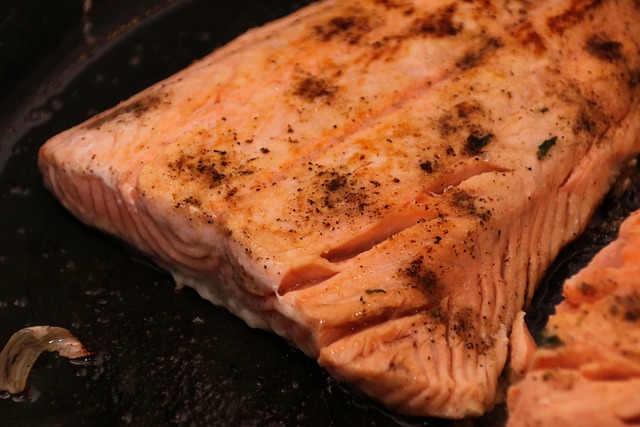
The Siuslaw River, a vital waterway in Oregon’s coastal region, has been a center for fishing since time immemorial. Native American tribes like the Siuslaw and Yaquina have historically relied on this river for sustenance, using traditional methods that respected the natural balance of the ecosystem. These practices included selective harvesting, seasonal closures, and minimal impact techniques, ensuring the river’s health and sustainability for future generations.
As European settlement expanded into the region during the 19th century, fishing practices evolved to meet commercial demands. The introduction of modern equipment and methods led to increased catches but also caused significant strain on the Siuslaw River’s delicate ecosystem. Overfishing, habitat destruction, and pollution became pressing issues, prompting the need for conservation efforts. Today, Siuslaw River fishing conservation aims to restore and protect the river’s natural resources, preserving it as a vital source of recreation, culture, and sustenance while ensuring its ecological integrity for years to come.
Current Challenges: Overfishing, Habitat Destruction, and Its Impact on Species Diversity
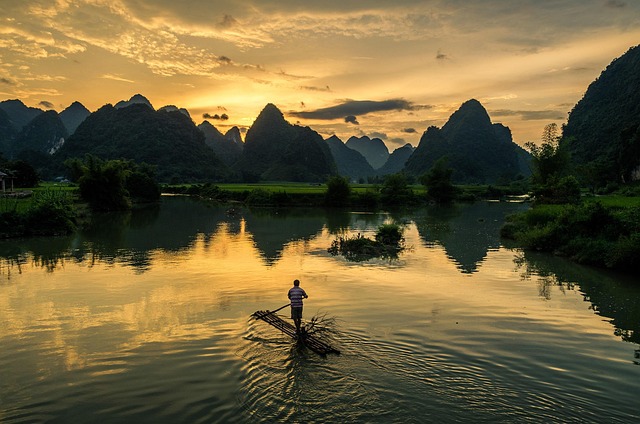
The Siuslaw River, a vital aquatic ecosystem, faces significant challenges that threaten its rich biodiversity and the future of local fishing. One of the primary concerns is overfishing, which has led to a decline in various fish species populations. The river’s ecological balance is delicate, and excessive fishing pressure can disrupt this balance, causing some species to become scarce or even locally extinct. This issue is further exacerbated by habitat destruction, as human activities such as development and pollution have altered the river’s natural course and destroyed crucial spawning grounds and shelter areas for fish.
The impact of these challenges is profound. Overfishing reduces genetic diversity, making it harder for fish populations to adapt to environmental changes. Habitat destruction not only affects fish but also the numerous other organisms that depend on a healthy river ecosystem. The decline in species diversity can disrupt the entire food chain, affecting both aquatic and terrestrial life. Siuslaw River fishing conservation efforts are essential to restore and protect this fragile environment, ensuring the sustainability of fishing for future generations while preserving the river’s unique tapestry of wildlife.
Conservation Efforts and Sustainable Solutions for a Flourishing River Ecosystem
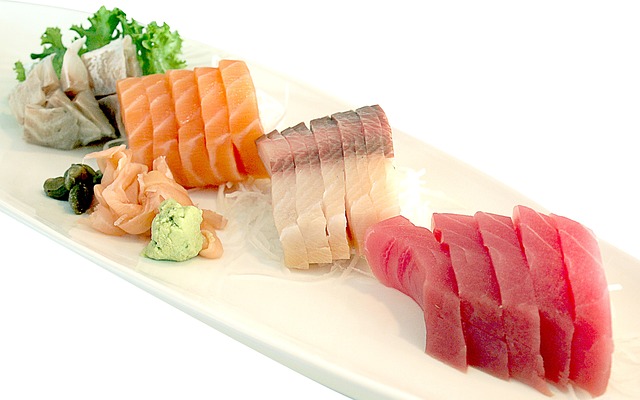
The health and future of Siuslaw River fishing heavily rely on ongoing conservation efforts and sustainable solutions. Local organizations, anglers, and researchers are collaborating to protect and restore the river’s ecosystem. These initiatives focus on mitigating habitat degradation, improving water quality, and controlling invasive species, all crucial factors for a flourishing river environment. By adopting best practices, such as implementing no-discharge zones and promoting native fish habitats, they aim to ensure the sustainability of Siuslaw River fishing for future generations.
Siuslaw River fishing conservation involves a multifaceted approach, including public education, habitat restoration projects, and innovative management strategies. Anglers play a vital role by participating in catch-and-release programs and adhering to size and bag limits. These collective actions contribute to maintaining the river’s ecological balance, allowing fish populations to thrive. In turn, a healthy river ecosystem supports not only fishing but also other recreational activities and the overall well-being of the region’s residents and visitors alike.
